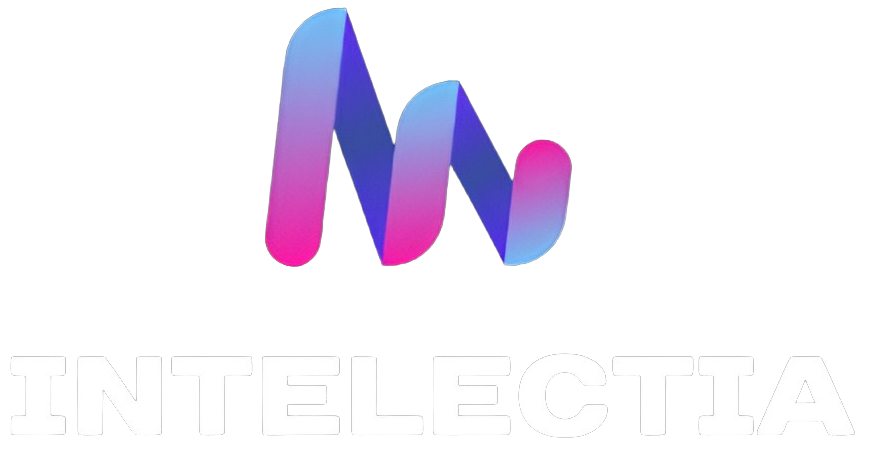The integration of technology into healthcare has introduced numerous innovations aimed at improving efficiency and accuracy. Among these advancements, voice-to-text transcription software stands out as a transformative tool, offering significant benefits for the health sector. This article delves into the fundamentals of voice-to-text transcription software, its advantages within healthcare, and the future implications of this technology.
Introduction to Voice-to-Text Transcription Software
Voice-to-text transcription software is designed to convert spoken language into written text, streamlining the documentation process. This technology relies on advanced speech recognition platforms and voice recognition platforms to accurately transcribe spoken words into text. The process involves real-time audio transcription, where speech is captured and converted to text almost instantaneously.
Modern voice-to-text systems utilize voice-to-text converters and speech capture software to achieve high levels of accuracy and efficiency. These systems are integrated with next-gen voice transcription tools that leverage AI-driven healthcare solutions to enhance transcription capabilities. By employing sophisticated algorithms, these tools can handle various accents, speech patterns, and environmental factors, ensuring reliable speech-driven documentation.
The software’s transcription capabilities extend to voice-enabled applications, which facilitate a range of functionalities, from dictating medical notes to capturing patient interactions. This integration significantly reduces the manual effort required for documentation, thus supporting streamlined clinical documentation processes.
Advantages of the Use of Voice-to-Text Transcription in the Health Sector
The adoption of voice-to-text transcription software in healthcare offers numerous advantages, contributing to improved efficiency and accuracy across various functions. Here’s a closer look at these benefits:
Increased Medical Workflow Efficiency
One of the most significant advantages of voice-to-text transcription software is the increased medical workflow efficiency it provides. Traditional methods of documentation often involve manual data entry, which can be time-consuming and prone to errors. By using real-time patient data transcription, healthcare professionals can quickly and accurately document patient interactions, treatments, and notes. This immediacy not only enhances the speed of data entry but also allows for a more efficient workflow within medical settings.
Reduction of Administrative Burdens
Reduction of administrative burdens is another key benefit of voice-to-text technology. Healthcare providers frequently face challenges related to extensive paperwork and documentation requirements. Voice-to-text transcription software helps alleviate this burden by automating the documentation process. This automation leads to lowered transcription costs and reduces the time spent on administrative tasks, allowing healthcare professionals to focus more on patient care and other critical responsibilities.
Minimization of Human Error
Minimization of human error is crucial in healthcare documentation, where accuracy is paramount. Manual data entry is susceptible to mistakes, which can have serious implications for patient care. Voice-to-text transcription software significantly reduces the likelihood of errors by providing a more reliable and accurate means of recording information. By leveraging AI-driven healthcare solutions, these systems ensure that the transcribed text is as precise and error-free as possible.
Enhanced Data Entry Speed
Enhanced data entry speed is a direct result of using voice-to-text transcription software. The ability to convert speech into text almost instantly accelerates the documentation process, reducing the time required to complete patient records and other medical documentation. This increased efficiency is particularly beneficial in busy healthcare environments, where timely and accurate documentation is essential for maintaining high standards of care.
Transformation of Medical Documentation
The transformation of medical documentation through voice-to-text technology is a notable advancement. Traditional documentation methods are being replaced by more efficient and accurate systems that leverage voice recognition. This shift not only improves the quality of documentation but also supports future healthcare workflows by integrating advanced technologies that align with the evolving needs of the health sector.
Future of the Health Sector with Voice-to-Text Transcription Software
The future of the health sector with voice-to-text transcription software is promising, with ongoing advancements set to further enhance the technology’s capabilities. Here are some trends and developments to watch for:
Advancements in Speech Recognition
Advancements in speech recognition technology will continue to drive improvements in voice-to-text transcription software. As algorithms become more sophisticated, the accuracy and efficiency of transcription processes will further increase. These advancements will enable healthcare providers to benefit from even more precise and reliable documentation tools.
AI-Driven Healthcare Solutions
AI-driven healthcare solutions are poised to play a significant role in the future of voice-to-text transcription. Artificial intelligence will enhance the software’s ability to understand and process complex speech patterns, jargon, and contextual information. This development will lead to more intelligent and adaptive transcription systems that can better meet the diverse needs of healthcare professionals.
Future-Proofing Healthcare Documentation
Future-proofing healthcare documentation involves adopting technologies that can adapt to changing industry requirements and advancements. Voice-to-text transcription software is expected to evolve in response to these needs, incorporating new features and capabilities that align with the future of healthcare. This adaptability will ensure that medical documentation practices remain efficient and relevant as technology continues to advance.
Healthcare Tech Innovation
The integration of voice-to-text transcription software with other healthcare tech innovations will create new opportunities for improving patient care and operational efficiency. By combining transcription technology with emerging tools and systems, healthcare providers can achieve even greater levels of productivity and accuracy in their documentation processes.
In conclusion, voice-to-text transcription software is transforming the health sector by offering a range of benefits, including increased medical workflow efficiency, reduction of administrative burdens, and minimization of human error. By leveraging speech recognition platforms and AI-driven healthcare solutions, this technology supports streamlined clinical documentation and enhances overall data entry speed.
As advancements in voice-to-text technology continue, the future holds exciting possibilities for further improving healthcare documentation and operations. Embracing these innovations will be key to ensuring that medical practices remain efficient and effective in an ever-evolving landscape. The ongoing development of next-gen voice transcription tools and advancements in speech recognition will pave the way for a more streamlined and accurate healthcare documentation process, ultimately benefiting both healthcare professionals and patients.
Do you want to implement a smart voice processing system based on Artificial Intelligence?
At Intelectia we can offer you the security of having an Intelligent Voice Processing system so that your company can improve its quality of work.
On the other hand, we also offer Intelligent Document Processing with OCR services for all types of companies.
Do not hesitate to contact us, or book a meeting and we will help you in everything that is in our hands.

